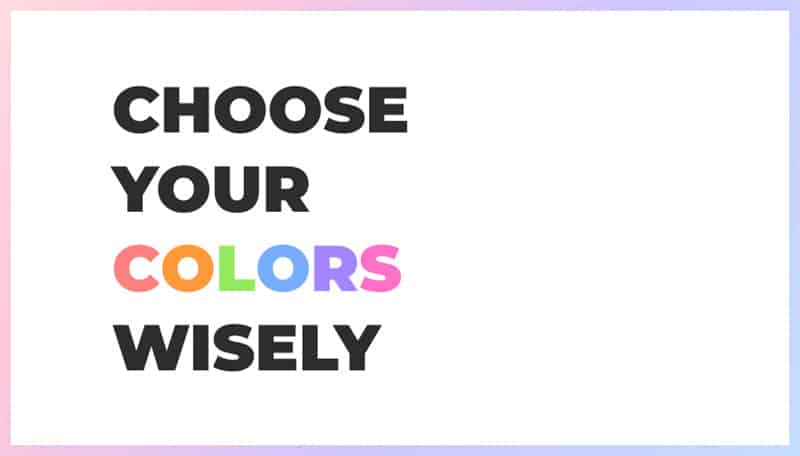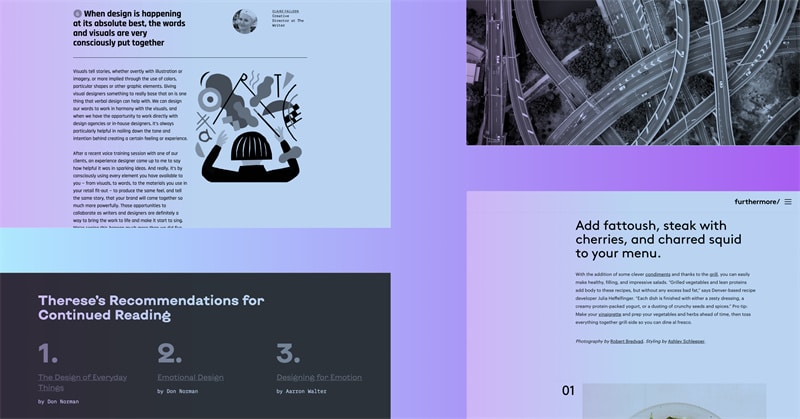
Web accessibility has become a hot topic for website designers, business owners, and marketers across the globe. Whether you want to sell your products online or just showcase essential business information, you must ensure that your website can be used by everyone, including individuals with disabilities.
Prioritizing web accessibility offers a wide array of benefits, including increased website traffic and engagement. Also, it helps you comply with civil rights laws and regulations, such as the Americans with Disabilities Act (ADA). This can go a long way to shield your business from the legal and financial repercussions of web accessibility lawsuits.
This is particularly crucial considering that roughly 15% of the global population lives with some form of disability. Making your website accessible will help you cater to individuals with disabilities, which, in turn, will improve conversions and revenue. Moreover, it’ll help you earn the loyalty of the disabled community.
How to Design An Accessible Website?

The good news is that creating an accessible website isn’t rocket science. You just have to understand the accessibility issues a user with disabilities is going to face while browsing your website. If you wish to understand this topic better, click here for more valuable resources and information!
For instance, individuals with motor impairments would prefer to use the keyboard to jump to different sections of your website. Likewise, vision-impaired users often use assistive technology, such as screen readers and Braille terminals, to perceive, understand, and interact with your website.
Also, individuals with partial or complete hearing loss often rely on transcripts and closed captions to understand the meaning of audio-visual elements on a website. It is, therefore, crucial to keep all these factors in mind while building a website.
Luckily, the World Wide Web Consortium (W3C) has outlined the Web Content Accessibility Guidelines (WCAG) 2.1 to help you get started on the path of creating an accessibility-inclusive website. You just have to ensure that your website meets the AA level of compliance with the WCAG 2.1 guidelines.
In the following sections, we’ll outline a few useful web design tips to make your website more accessible. Let’s get started.
1. Enable Keyboard Access
First things first – you must ensure that your website is fully navigable using a keyboard. A good rule of thumb is to take your website for a spin and check whether you can access everything on it using the Tab key. Otherwise, you need to make your website’s navigation more logical and straightforward.
Also, make sure you keep the keyboard focus indicator unhidden to help users understand precisely where they’re on a web page. Likewise, watch out for keyboard traps, such as pop-up forms that can only be closed using a mouse.
In most cases, enabling keyboard navigation would involve modifying certain sections of your website’s code. Hiring a developer to change the code every time to update your website can be expensive and inefficient.
Instead, you can use a fully automated accessibility solution to identify and fix accessibility issues on your website without any manual intervention. All you have to do is add a line of JavaScript code to your website.
Such AI-powered platforms regularly monitor your website to ensure that any new updates and changes are ADA and WCAG 2.1 compliant. Also, it rectifies any design issues and flaws that can adversely affect your website’s accessibility.
2. Choose Your Colors Wisely

Individuals with color blindness may not be able to recognize certain colors, such as red and green. That’s why it is crucial to maintain a high text to background contrast ratio to ensure that users can read and comprehend your website’s content. WCAG 2.1 recommends a contrast ratio of at least 7:1 (for smaller text) and 4.5:1 (larger text).
Also, make sure you don’t just rely on color to highlight important elements, such as links, call-to-action (CTA) buttons, and forms. This is because people with color blindness may not distinguish certain elements due to their color. Instead, use other visual cues, such as underlining or italicizing the text, to make it easily recognizable.
3. Avoid Automatic Navigation and Media
Fast-moving sliders and carousels can be a bane for individuals with cognitive or learning disabilities. It interferes with their ability to grasp and process information at their pace. Also, such flashing elements could trigger seizures in website visitors with epilepsy.
That’s why it is a good idea to avoid using sliders and carousels on your website. Even if you include these elements, make sure you provide visitors with suitable controls to disable them and browse your website safely.
Likewise, automatically playing audio and video files could scare or shock vision-impaired individuals who use screen readers to browse your website. Worse still, they’ll struggle to stop or pause the media. It’s wiser to disable the autoplay feature for all multimedia files. Provide visitors with the control to play and pause media whenever they want.
4. Enable Resizable Text
Most new-age web browsers let users magnify a web page to read its content. This can be extremely helpful for individuals with vision impairments. However, if you haven’t designed your website to make the text size scalable, it’ll disrupt the page layout and even cause the content to overlap.
A simple way of avoiding this is to define various font sizes and dimensions in relative units instead of absolutes. Also, optimize the size and placement of other elements so that they also scale with the text.
5. Structure Your Content

Lastly, use relevant headings and subheadings to help visitors using screen readers browse through your content and understand its meaning. Use bullets and lists when possible to convey crucial information systematically.
Also, make sure you avoid using tables for anything other than data because these are often difficult to interpret for screen readers. If, at all, you’re using tables, don’t forget to provide clear and meaningful labels for each column.
Do you have any other web design recommendations for maintaining accessibility? Share your suggestions in the comments section below.










